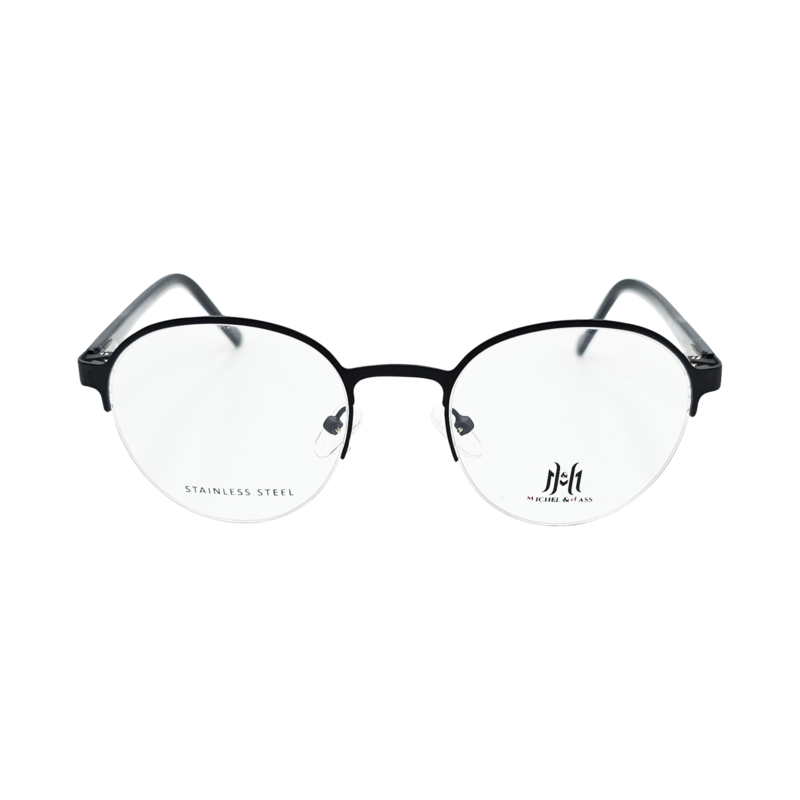
For additional information about Eliquis, including details about its uses, see this article. Furthermore, heavy drinking can cause immune system dysfunction, making it more difficult for the body to stop bleeding. It can also lead to vitamin deficiencies, malnutrition, and osteoporosis, all of which can impact the body’s ability to recover from bleeding. Additionally, anyone taking Eliquis who experiences heavy or uncontrollable bleeding, intense pain, or beer and eliquis dizziness should seek emergency medical attention. If you or someone you love experiences these or other troubling symptoms, seek help.
Can I drink alcohol while taking naltrexone. Will the alcohol affect me?
Additionally, alcohol itself has an impact on platelet function and can enhance the anticoagulant effects of Eliquis, further contributing to the risk of bleeding. Firstly, alcohol can impact the absorption rate of Eliquis, affecting the duration of its effectiveness and increasing the risk of bleeding. Secondly, alcohol can prolong the presence of Eliquis in the body, potentially causing complications. This is particularly concerning given the increased risk of bleeding. Mixing alcohol and Eliquis may increase the risk of bleeding events, particularly gastrointestinal bleeds.

Combining Eliquis and alcohol may increase the risk of bleeding
There are currently no reports of Eliquis interacting with vitamins. But this doesn’t mean that vitamin interactions won’t be recognized in the future. Eliquis can interact with nonsteroidal anti-inflammatory drugs (NSAIDs) as described in the table below. Your doctor likely won’t prescribe Eliquis if you’ve had an allergic reaction to the drug or any of its ingredients. You can ask your doctor about other treatments that may be better options for you. In some cases—if you experience bleeding gums or bruising, for example—you can simply call your doctor.

Is it safe to drink alcohol-free beer or wine?

It’s a clever way to keep the blood flowing smoothly and safely in your body. But both Eliquis and alcohol make it harder for your blood to form clots. So drinking alcohol while you’re taking Eliquis could increase your risk of bleeding.

The risks of combining Eliquis and alcohol
- Alcohol can also cause underlying health problems that affect the liver, which plays a vital role in how blood thinners work and how blood clotting occurs.
- However, it is important to be cautious of electrolyte imbalances and excessive sugar intake, especially if you have any underlying health conditions.
- Chronic alcohol consumption can lead to liver damage, affecting the liver’s ability to metabolize medications efficiently.
- Conversely, heavy drinking is characterized by consuming 5 or more drinks on any day for men, or 4 or more drinks on any day for women.
- The side effects of drinking alcohol while taking Eliquis may include an increased risk of bleeding, especially in the gastrointestinal tract.
The interaction between Eliquis and alcohol is unknown at this time. Alcohol and Eliquis, in addition to bleeding, can increase your chances of bleeding. As a result, you are at risk of further bleeding if you drink alcohol while taking Eliquis. That’s why it’s not the best choice for people with serious liver conditions, especially if these conditions affect the blood’s ability to clot properly.
- People taking Xarelto had more bleeding issues, both major and minor ones.
- In extreme cases, this can lead to brain herniation, where the flexible fat structures of the brain are squeezed and rendered nonfunctional.
- Thirty grams of alcohol—equivalent to two standard drinks—can lower fibrinogen levels, affecting blood clotting.
- In some cases, when taken with blood thinning medications, the medication can have unintended consequences.
- Is it okay to have a drink here and there, or is it better to skip alcohol altogether?
Aspirin can also increase the risk of internal bleeding when taken with alcohol. Alcohol use should be limited while taking aspirin, particularly in the two hours before or after using it. Eliquis is a common blood thinner that does not require routine blood tests like some anticoagulants do. Using alcohol with Eliquis can increase the risk of internal bleeding, so alcohol use should be limited.

Further, alcohol can affect how long it takes for your body to process blood thinners. This can cause the medication to stay active for longer and have a greater effect than it should. Alcohol can also cause underlying health problems that affect the liver, which plays a vital role in how blood thinners work and how alcoholism blood clotting occurs. It is generally safe to consume alcohol in moderation while taking Eliquis. However, excessive alcohol consumption can increase the risk of bleeding.
This effect can be quite concerning, especially when considering the prolonged presence of Eliquis in the body due to alcohol consumption. Eliquis can cause serious, life-threatening, or even fatal bleeding. Taking Eliquis with other medications that affect bleeding/clotting increases the risk even further. This includes other anticoagulants—such as warfarin, Pradaxa (dabigatran), Brilinta, (ticagrelor), or heparin, or nonsteroidal anti-inflammatory drugs (NSAIDs).
- Alcohol can irritate the gastrointestinal (GI) tract, leading to conditions such as gastritis and peptic ulcers.
- While some might consider an occasional drink harmless, even moderate alcohol consumption can amplify the medication’s effects, increasing the risk of complications.
- You may need a dose adjustment in addition to testing of your prothrombin time (PT) or International Normalized Ratio (INR).
Additionally, alcohol can irritate the stomach lining, potentially increasing the likelihood of gastrointestinal bleeding. This goes for all of the drugs in the class of Factor Xa inhibitors (Eliquis, Xarelto, Savaysa, Arixtra). Alcohol is known to act as a natural anticoagulant, i.e., a blood thinner. It can limit your liver’s ability to metabolize other compounds and your kidneys’ ability to excrete toxins or drugs. This can lead to the harmful effect of excessive anticoagulation, increasing the risk of bleeding.






